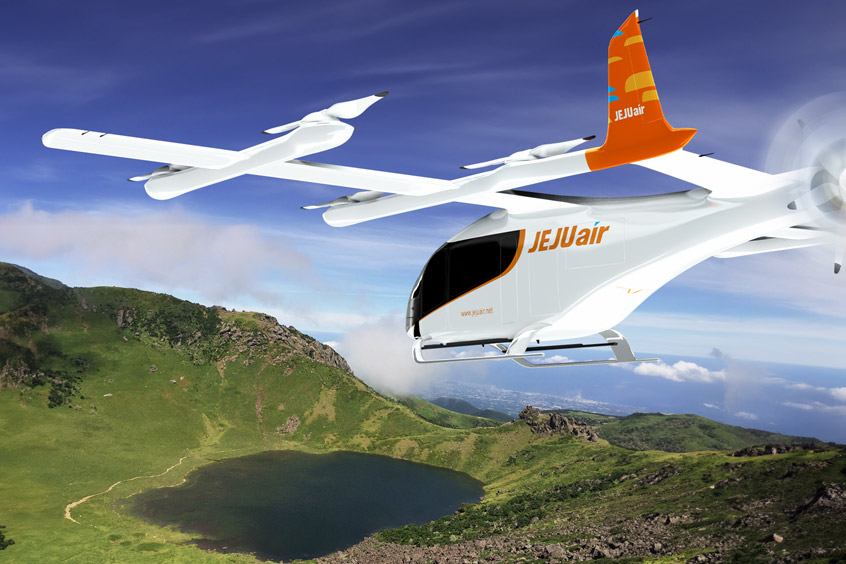Why visit ACE ’25?

Eve Air Mobility has released a new concept of operations white paper for eVTOL flights on Jeju Island with low-cost South Korean airline Jeju Air. The two companies have collaborated to produce the analysis that is the first step in understanding what will be needed to make future UAM operations there a reality.
"This is an important first step to establishing future urban air mobility and eVTOL operations in South Korea," says vice president sales, marketing and government affairs David Rottblatt. "The collaboration between Eve Air Mobility and Jeju Air has led to detailed analysis of the needs, opportunities and challenges of safely establishing future eVTOL flights on Jeju Island."
"As a leading airline, we want to help develop a safe operational environment for UAM, based on our business know-how and aviation experience, thereby creating new value for the aviation industry," adds Jeju Air head of UAM business task force Taeha Park. "Just as Jeju Air popularised air travel in Korea, we intend to do the same for UAM."
The jointly written white paper examines in detail the operational and commercial business case of establishing UAM services in Jeju Island. This includes analysis and findings from the Jeju Air customer survey done earlier in 2023.
Eve has worked with a variety of cities, countries and regulatory authorities to establish concepts of operations in the US, Brazil, UK and others.
"We are taking a very measured and thoughtful approach to understanding the needs, opportunities and challenges of each region," adds Augustine Tai, APAC business development lead for Eve Air Mobility. "This latest effort will provide a suitable reference for all stakeholders keen on UAM in South Korea."
The CONOPS will be available on Eve's website for the entire community to better understand how the UAM ecosystem will enable a new means of affordable, safe and sustainable transportation on Jeju Island. Eve hopes that the CONOPS will encourage all those responsible for this ecosystem to evolve together, so that the industry, regulatory agencies, civil and government entities, and the community, can continue investing in, developing and integrating this new mode of transportation.